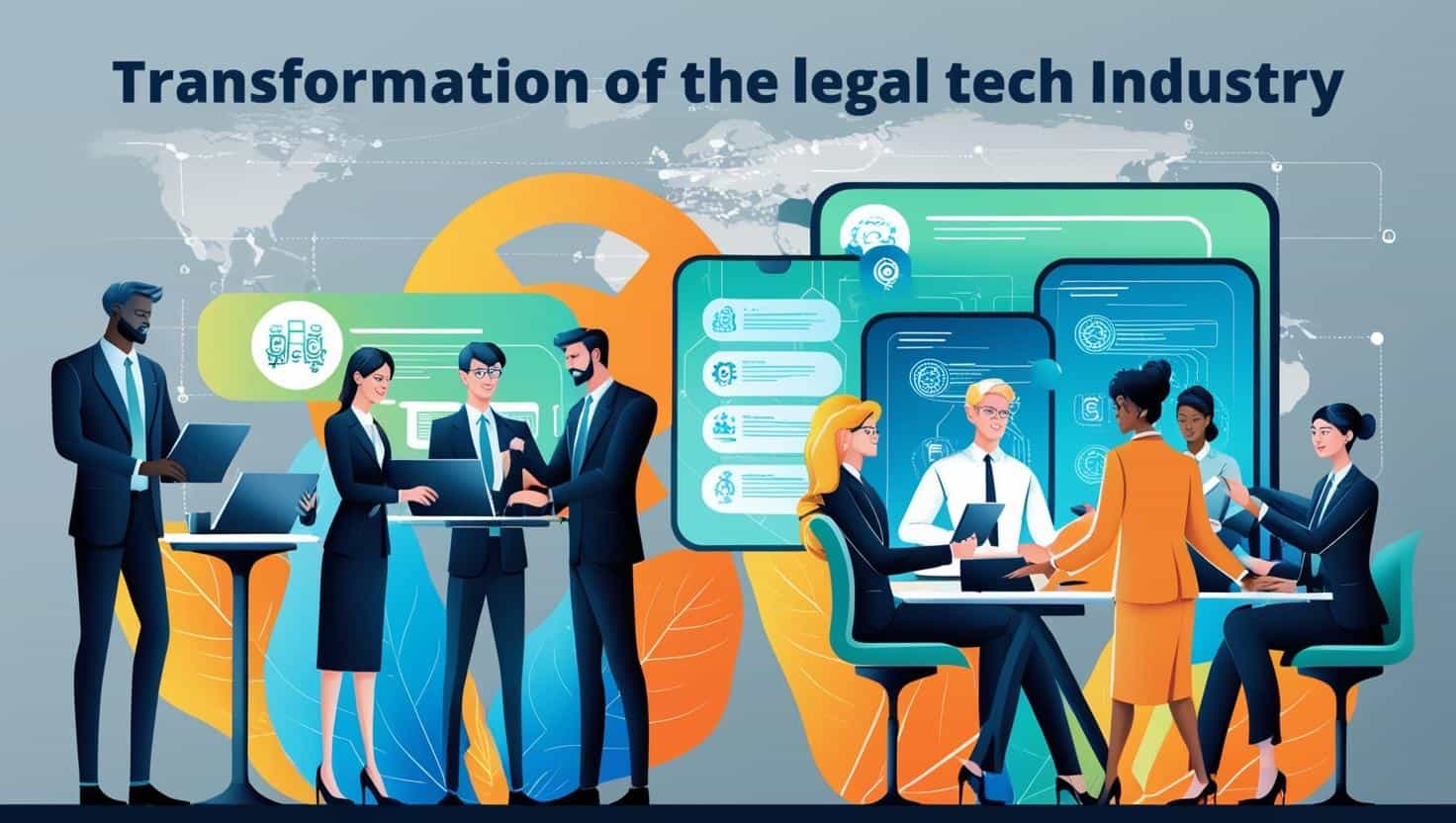
The legal industry has long been known for its resistance to change. Anchored in precedent, tradition, and the weight of high-stakes decision-making, it has clung to legacy systems that increasingly feel outdated in today’s fast-paced, digital world. But a shift is underway.
Spurred by rising client expectations, mounting competitive pressure, and the rapid evolution of artificial intelligence, a legal tech transformation is taking hold. This movement is redefining how legal services are delivered, making the profession more agile, accessible, and responsive than ever before.
Why Law Resists Innovation
Legal professionals operate under immense pressure. The outcomes of their decisions can dramatically impact lives, livelihoods, and corporate futures. Because of this, the industry has built-in guardrails that prize caution over disruption. Many lawyers achieve mastery over a workflow developed over years of practice. For them, experimenting with technology can feel like introducing new risks, especially when their reputation—and their clients’ cases—are on the line.
But there’s a growing tension. Legal work is expanding at a rate that exceeds the number of attorneys entering the profession. With disputes rising across both corporate and personal matters, the volume of legal tasks continues to balloon. Without a corresponding rise in legal practitioners, technology becomes the only viable lever to increase efficiency without compromising quality.
Clients Are Forcing the Change
One of the strongest catalysts for innovation in law isn’t technology itself—it’s the client. Today’s consumers expect faster service, transparent pricing, and modern communication channels. Fax machines and paper documents no longer meet the standard. Clients want text messages, digital signatures, and cloud-based interactions. If attorneys don’t adapt, they risk losing business to more agile providers.
Pricing models are under scrutiny too. The billable hour, once the gold standard, now feels increasingly outdated. In response, some firms are exploring alternative fee structures, including flat rates, subscriptions, or contingency-based billing. In some states, like Utah and Arizona, legal sandboxes are allowing non-lawyer-owned organizations to offer legal services, opening the door for further experimentation and competitive pricing.
Paper, PDFs, and the Persistence of Print
Despite the growing appetite for innovation, law is still deeply rooted in paper-based workflows. Courtrooms remain filled with documents, and attorneys often rely on hard copies for trials and filings. But this reliance isn’t just due to habit. Paper offers a tactile, memory-friendly experience that digital systems haven’t yet matched.
Technologists face a clear challenge: they must create digital tools that enhance recall, streamline workflows, and surpass the utility of physical documents. Until those tools offer a better user experience, paper will persist—not because it’s better, but because it’s familiar.
The Real Opportunity: Process Mining and Legal Tech Transformation
While some dream of robo-lawyers or fully automated courtrooms, the true revolution in law will likely come through augmentation, not replacement. The future lies in capturing the implicit decision-making processes of great lawyers and turning them into scalable, teachable systems.
By mining workflows and analyzing which actions produce the best client outcomes, legal tech can reduce the years-long learning curve for new attorneys. Instead of relying solely on apprenticeship, firms can begin to document and replicate expert-level reasoning. This approach allows attorneys to make better decisions faster—without losing the nuance that human judgment brings to legal interpretation.
AI in Law: Tool, Not Replacement
Large language models like ChatGPT have sparked widespread excitement—and anxiety. But in law, these tools come with significant limitations. They’re prone to hallucinations, generate misleading citations, and lack the context-specific understanding required in high-stakes legal scenarios. While they can summarize documents or assist in research, they’re not ready to argue cases or advise clients.
That doesn’t mean AI won’t play a crucial role. From streamlining discovery to analyzing contracts, AI can save time and reduce costs. In the future, firms may develop proprietary AI models trained on their own internal case histories, offering a personalized, trustworthy assistant that reflects their unique legal approach.
Smart Contracts and Automated Disputes: Still a Work in Progress
Blockchain technology and smart contracts have also been hailed as disruptors. In theory, these tools could automate agreements, enforce terms without litigation, and reduce legal friction. But in practice, they face hurdles. Human intent, emotional context, and unforeseen variables make it difficult to encode every possible outcome.
Moreover, many jurisdictions restrict who can provide legal services. Even if a smart contract solution exists, it may not be legally recognized in certain states. Innovation is happening, but it must navigate a complex web of regulations, cultural inertia, and ethical considerations.
Meeting the Next Generation Where They Are
As younger generations enter the legal profession, expectations around design and user experience are shifting. New lawyers think differently. They grew up in a world of apps, games, and real-time collaboration tools. To engage them effectively, legal tech must evolve.
Some startups are experimenting with gamified interfaces for managing legal matters, using design principles from video games to create immersive, intuitive systems. This shift could revolutionize how lawyers train, retain information, and engage with their clients—especially in high-volume areas like family law or landlord-tenant disputes.
The Long View: Augmented Lawyering for a Complex World
The legal industry may never embrace radical change overnight, but legal tech transformation is underway. The most successful innovations will come not from trying to replace lawyers, but from amplifying their capabilities. By capturing what works, making processes more transparent, and offering better tools, the law can become faster, fairer, and more accessible.
Whether it’s through process mining, curated legal knowledge, or AI-assisted drafting, the next decade will see a new class of legal professionals emerge—ones who combine deep human judgment with the power of digital systems. In this future, the best lawyers won’t be those who resist technology, but those who harness it.